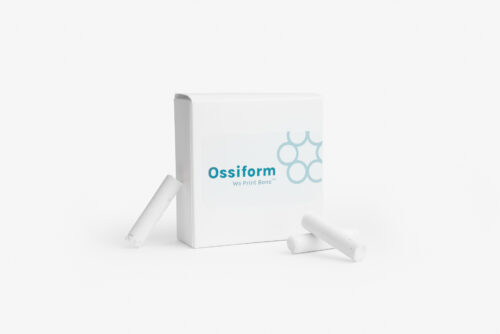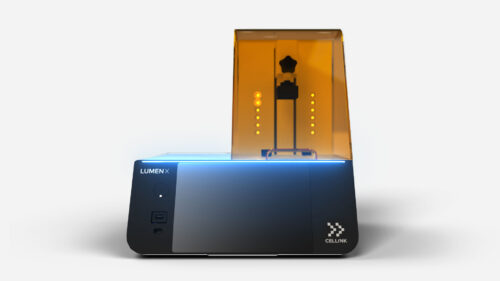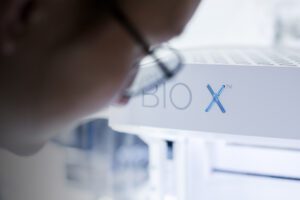To study the influence of microgravity and hypergravity on living systems, bioprinting pioneer CELLINK, in collaboration with a team of scientists at Uppsala University, has sent 3D bioprinted boundary cap neural crest stem cells to space. The partnership is aiming to accelerate the development of a 3D neural stem cell system to provide insight on how gravity alterations influence cellular properties. According to the Department of Neuroscience at Uppsala University’s Faculty of Medicine, these so-called boundary cap neural crest stem cells are a transient cell population residing at the junction between dorsal roots and spinal cord during embryonic development. In 2014, researchers at the university conducted studies that showed how growth, survival and function of insulin-producing cells in the pancreas are promoted if the cells are cultured or transplanted together with boundary cap neural crest stem cells, providing novel opportunities to treat patients with type one diabetes.
CELLINK and Uppsala University Send Stem Cells to Space















